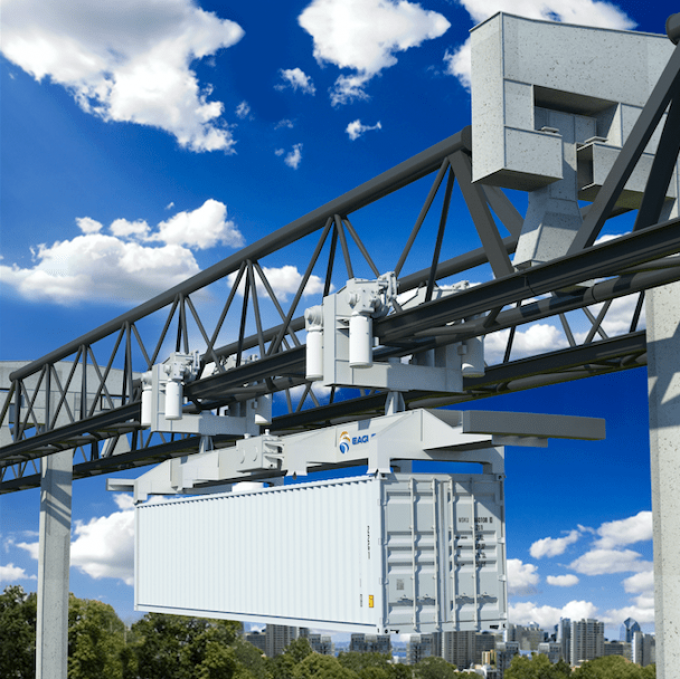Schedule reliability on the rise despite European port congestion
Despite ongoing reports and warnings of worsening port congestion levels in North European ports, container ...

Ever-increasing trade volumes are causing strains in the global supply chain, with levels of road congestion reaching extremes in some places. But one company believes it may have a solution.
Chicago-based start-up Eagle Rail has developed an overhead container transport system, which chief executive Michael Wychocki believes could alleviate ...

Comment on this article